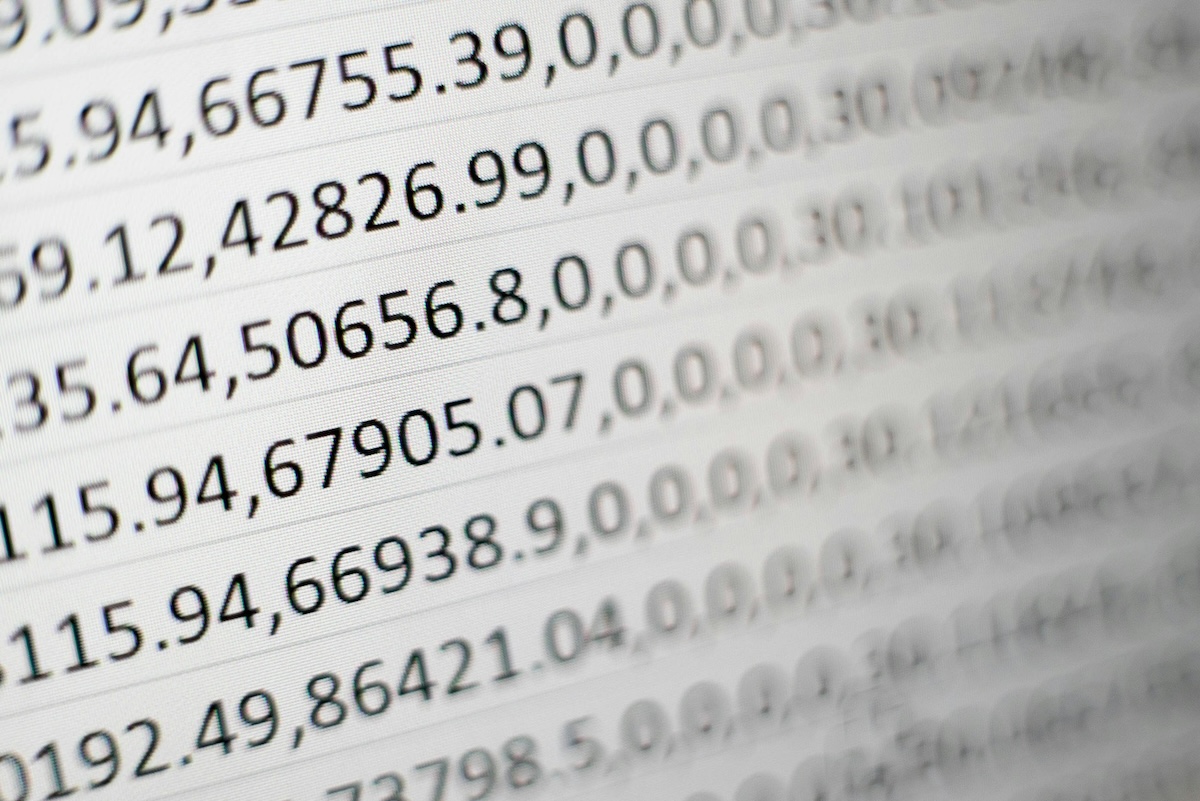Skift Take
In the quest to navigate the event data deluge, the real challenge lies in separating insightful narratives from mere numbers. It's the human touch—crafting memorable experiences and compelling stories—that will ultimately define the success of events in the data-driven age.
The industry is at a crossroads where adept data handling can propel event planners to new heights. Yet amid these lofty opportunities, a current of skepticism persists, cautioning planners against being swept away by the sheer volume of information.
So, what’s the future of the events industry amidst this onslaught of data? This is the central question for event planners, who aim to emerge as collectors of information and savvy interpreters who can wield it to guide their decisions.

The Age of Event Data
Data comes in many flavors: registration, attendee feedback, engagement metrics, and sales or conversion data. According to Nicola Kastner, founder of The Event Strategist, data falls into two categories: “Success metrics that talk about the outcome of the event and then diagnostic metrics that allow you to answer why.” She highlights the importance of this differentiation. “Who cares about the diagnostic and who cares about the success metrics are two different things.” Understanding what is meaningful to which business leaders could steer planners toward a more strategic use of information.
“You can make some good decisions around designing your events. maybe you eliminate some in the total number of events but get more bang for your buck or you go the opposite direction rather than having one big event. Do you look at splitting that up, taking a roadshow type of approach to things?” said Linda J. McNairy, global vice president of strategic meetings and travel for meetings at American Express GBT Meetings & Events.
American Express GBT Meetings and Events recently released its 2024 Global Meetings and Events Forecast, which shares a globally representative picture of what the meetings and events industry will look like in 2024.
Join us as we explore this fascinating topic with Nicola Kastner and Linda J. McNairy at the “Future of the Events Industry 2024” virtual summit, live and online, on Wednesday, February 28, from 11 am to 1 pm (ET).
The future demands a balance between the granular and the grand. Planners need to operate on both the strategic and tactical levels. However, too much data leads to analysis paralysis. The right amount of data can help shape future event strategies, including budget management, content creation, and the attendee experience.
Stories Come Alive
Data’s value isn’t intrinsic—it’s about the stories it can tell. “We don’t tell the impact story,” Kastner lamented, drawing attention to a gap between data collection and storytelling. This narrative mandate urges professionals to craft tales of impact and transformation from raw numbers and figures. There is a need for a precise translation of metrics into ROI claims. Without this, data remains a static collection of numbers, failing to influence strategies or stakeholder perceptions.
One of the often touted doors that data unlocks is the potential to personalize the event experience—a tantalizing prospect for planners and participants. Yet there is nagging skepticism outside event tech providers promoting their tools; promises of personalization are often riddled with hurdles too high to leap over in practical application.
While the value of data is clear, there is also a danger of losing sight of its human essence. In the relentless march toward automation and analytics, it may just be the most human of competencies—judgment, intuition, and the ability to tell a compelling story—that will articulate the true value of data in the events industry’s new age.
There is no doubt that data is integral to the future of the events industry. Data plays a pivotal role in shaping event strategies and outcomes. Yet the path to that future is lined with the challenge of discernment—separating the signal from the noise. In this new age, it’s not the data you have but the insights you derive from it that counts.
Photo credit: Mika Baumeister / Unsplash





